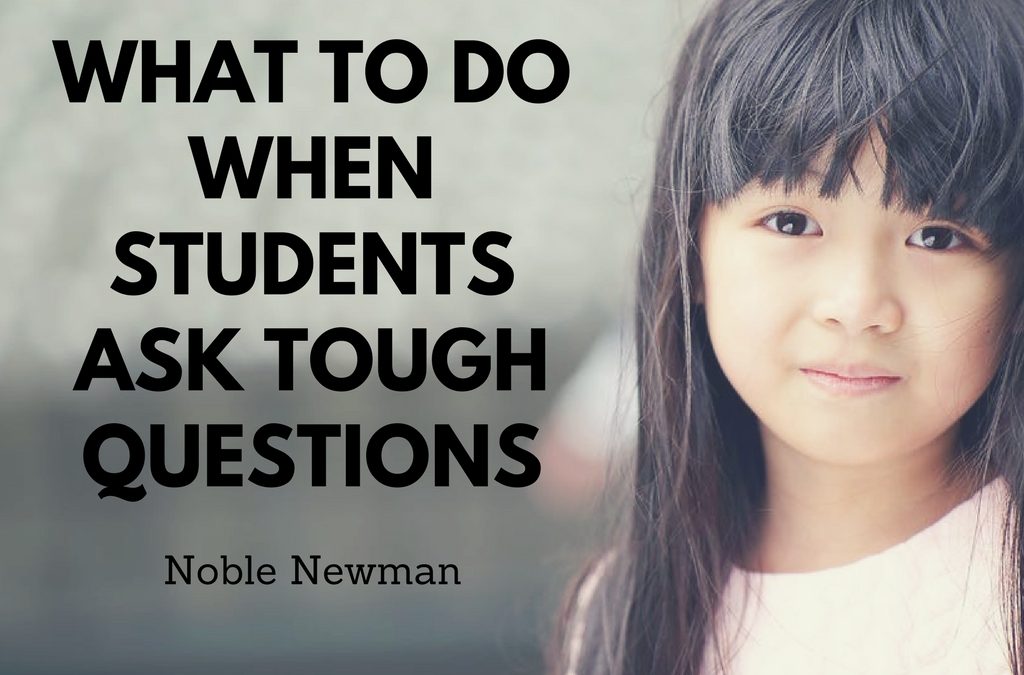Back in the day, there was a pretty clear boundary between kids and the rest of the world. Parents or teachers acted as the gatekeepers of what a child was or wasn’t exposed to and was able to introduce various topics when everyone was ready to handle them. Today, though, everyone has access to everything at all hours of the day, whether we like it or not. Even the most strict parents who restrict time on the internet and subscribe to extremely stringent content filters on their TVs and computers are rendered powerless against the influence of the child’s peers, whose parents may not be quite so vigilant.
Because children have assumed the agency of experiencing all the craziness that is our modern political arena, society, etc., kids may come to parents or teachers with some really difficult questions that take adults off guard. Naturally, some adults may dodge the question and tell the child not to worry about it or to mind their own business. What a squandered opportunity! Whereas a child came to you as a trusted source, you’ve turned them loose on their peers and the internet to figure out an answer.
Rather than shoo them away, here are some ways you and the child can navigate some of those tough questions together.
Ask what brought the issue to their attention: sometimes, a little context surrounding a question goes a long way in helping to answer a child’s question properly. Maybe they heard something out of context. Maybe two adults were joking, but the child didn’t understand the joke. There are so many reason a child is asking something you deem inappropriate or odd. Take the time to learn what the impetus for their question was and see if that helps you help the child.
Do some research together: You’re allowed to not know the answer to things, and it’s important to demonstrate to children that adults are not walking encyclopedias or inherently infallible. Depending on the nature of the question, go to a trusted resource like Propublica, 538, WebMD, or a government-sponsored website and investigate the question together. That way, the child gets not only an answer but also the method to get to an answer.
Allow the child some input: In issues of strong opinions or lots of media attention, make sure the child feels heard. So often children’s opinions are brushed off as uninformed and not worthy of the attention we give to adults. For the child to understand that this issue is important, make sure they understand that their feelings, opinions, and reactions are also important and valid.

